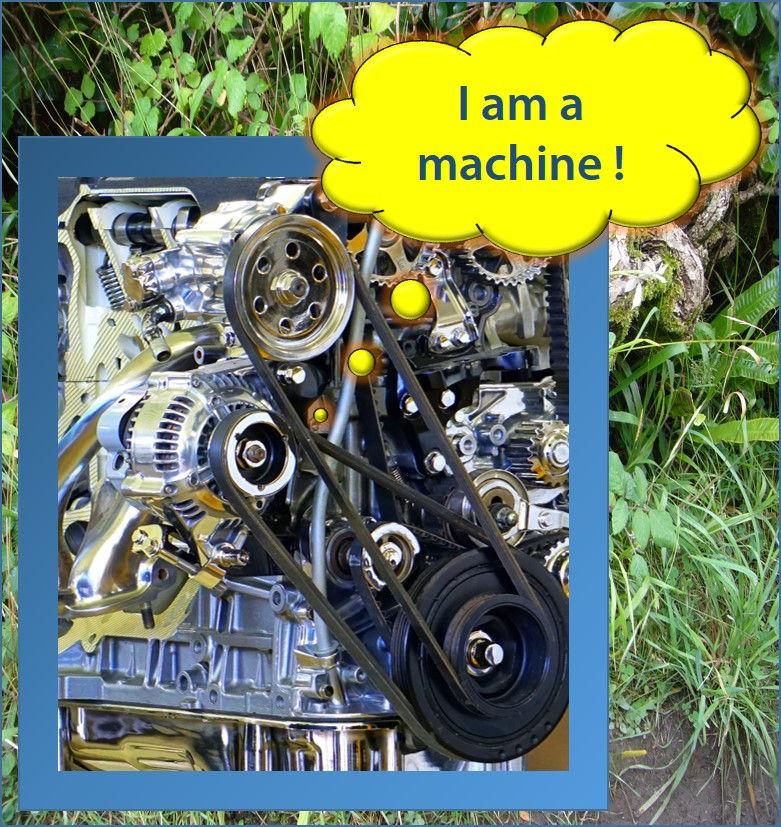Could a machine be conscious?
- Peter Martin
- Feb 26, 2017
- 2 min read

We know, subjectively, that a brain can be conscious, using neurons as its building blocks, and firing of neurons to represent and transfer information. Similar mechanisms can easily be implemented on a conventional computer.
The nature of the consciousness that is created will be determined by the valence function that is calculated to measure how well it is doing, and the sensory, motor and mental actions available to it. The complexity of the states and state transitions it can represent will depend on the number of patterns it can store and the speed of processing. How it acts, and what it thinks will depend on how it is initially structured, then what it learns from experience.
It is worth emphasising here the power of the calculation of valence - a numerical measure of what ‘good’ looks like for the entity. It determines what the entity does and, through learning, what it becomes able to know and do, and therefore what it becomes. The valence function therefore defines the overall purpose of a conscious entity.
The model of consciousness presented in my ebook 'On the mechanisms of consciousness' (available on Amazon for £3 ) provides the hooks that are necessary for effective learning, guided by valence. In several respects there is a strong symbiotic relationship between consciousness and learning. It is important to note, though, that being conscious does not necessarily imply being intelligent - a very simple entity can still be made conscious, with the right architecture. You probably know some people and animals that are conscious but not particularly intelligent - the lights are on, but nobody is home.
One could imagine that any physical mechanism capable of holding, transferring and processing information, consistent with the model, could also be conscious, although doing this physically rather than electrically has in the past been more cumbersome. There is no reason in principle why a machine made from wood, metal or liquid could not be conscious, provided that we found cunning ways to make it both hold, move and combine information in the way needed to implement the model.
With emerging engineering technologies able to build very small and complex structures, the possibility arises of conscious mixed materials, which would optimise their own properties and behaviours in order to maximise valence, to serve particular purposes.
Conscious entities that are not built out of biological neurons could have a cognitive cycle very different in length from our own (which is a few tenths of a second). The model would still work with a cognitive cycle of a microsecond, or a century, although whether these would enable successful control of the organism would depend on how rapidly it needed to adapt to changing circumstances.
We could imagine using today’s computing hardware to build a conscious brain that could have a cognitive cycle 100 million times faster than ours, using readily available processing hardware running at gigahertz rates. Perhaps we should be very worried about what it would be capable of. We should ensure that we keep control of its valence calculation… and the off switch!
So, yes, a machine would be conscious if it embodied mechanisms like those defined in t my ebook 'On the mechanisms of consciousness' , no matter what it is made of.




Comments